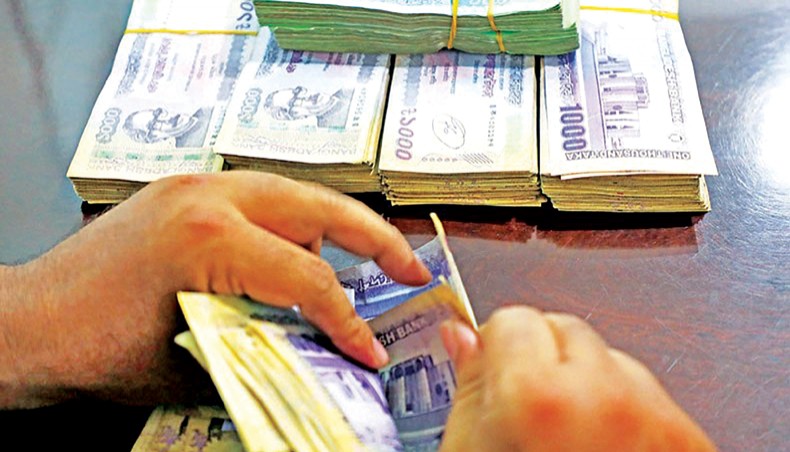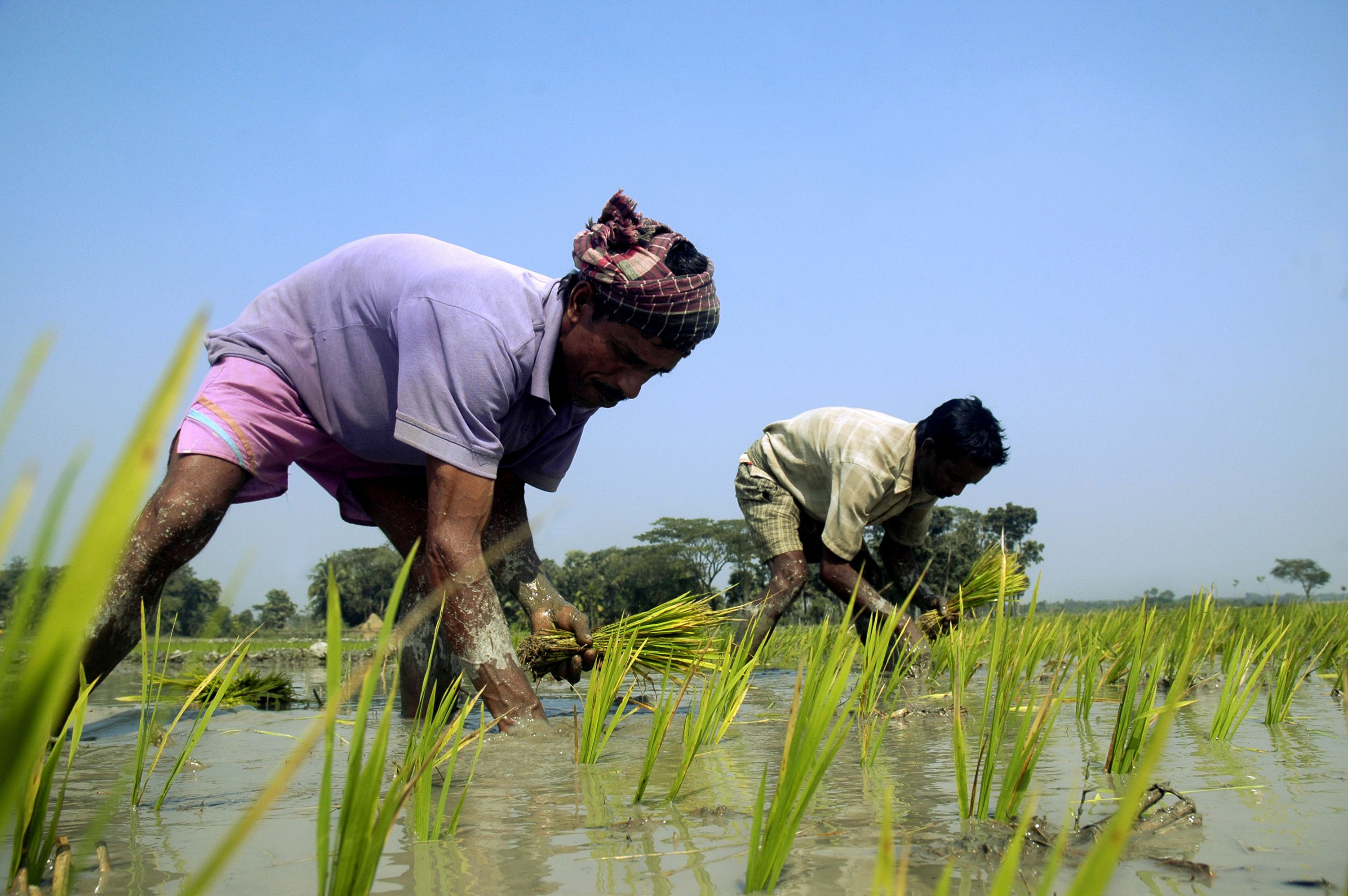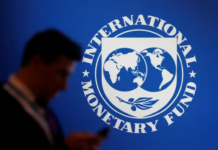
A file photo shows a man counting taka notes in the capital Dhaka. The interbank call money rate on Thursday surged to 9.5 per cent on Tuesday, hitting an 11-year high amid hikes in the policy rate by the Bangladesh Bank. — New Age photo
The interbank call money rate on Thursday surged to 9.5 per cent on Tuesday, hitting an 11-year high amid hikes in the policy rate by the Bangladesh Bank.
The average call money rate soared to the current level from 6.18 per cent at the end of June, according to BB data.
January’s average rate was the highest since January 2013, when it reached 10.29 per cent.
Increased liquidity pressures have led to a steady rise in the weighted average call money rate since June when it stood at 6 per cent.
The call money rate is the interest rate on a short-term or overnight loan from one bank to another to meet an urgent requirement.
Simultaneously, the lending rate ceiling in banks rose to nearly 11.6 per cent in January 2024 from 10.7 per cent in October 2023.
This sharp increase in the call money rate comes in line with the Bangladesh Bank’s decision to gradually raise its policy rate.
The recent hike on January 17 raised the policy rate to 8 per cent from 7.75 per cent in November and 7.25 per cent in October, aimed at countering inflationary pressures.
The central bank’s move to introduce an interest rate corridor in its monetary policy statement on July 18, 2023 allowed the interbank call money rate to fluctuate around the policy rate.
This shift indicates a more restrictive approach by the Bangladesh Bank to control inflationary pressures by tightening the currency supply.
The Bangladesh Bureau of Statistics recorded inflation on point-to-point basis at 9.41 per cent in December, driven by rising prices of essential commodities.
Banks typically resort to emergency loans like call money to rectify asset-liability mismatches, fulfil statutory CRR and SLR requirements and respond to sudden surges in fund demands.
According to the Bangladesh Bank data, the weighted average rate was 5.80 per cent in December 2022, compared with that of 4.88 per cent in June of the same year.
The call money rate began its sharp ascent after March 21, 2022 when it stood at 2.05 per cent, according to the BB data.
Bankers said that the government’s increased borrowing from the banking system, BB’s dollar sales to banks to settle import bills and a rise in treasury bill rates were creating stress on the liquidity.
The rise in inflation also created credit demand, they said.
The excess liquidity in the banking sector dropped to Tk 1.41 lakh crore in November 2023 from Tk 1.7 lakh crore in September 2023.
The liquidity crisis dipped the private sector credit growth to 9.9 per cent in November 2023.
In response to the prevailing dollar crisis, the Bangladesh Bank has sold over $28 billion from the country’s foreign currency reserves over the past 30 months.
Of this, $6.7 billion was allocated to banks in July-November of the financial year of 2023-24, $13.5 billion in FY23, and $7.62 billion in FY22.
These dollar sales have reduced the gross foreign exchange reserves in Bangladesh, according to IMF guidelines, to $20 billion on January 17, 2024 from $23.25 billion on August 31, 2023.
The exchange rate has risen sharply to Tk 110 from Tk 91 against the US dollar within a year.
New Age









